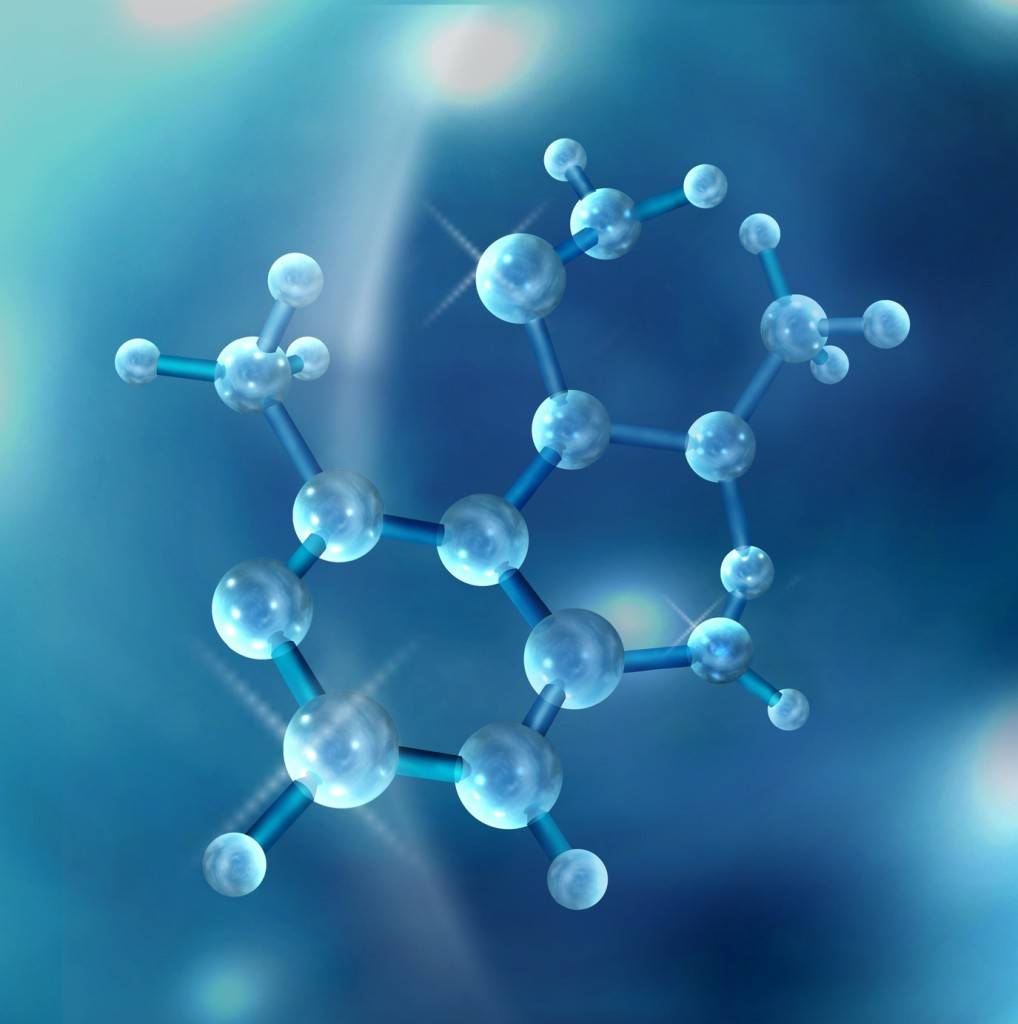When the ultrasonic wave propagates in the liquid medium and the sound pressure reaches the threshold, tiny bubbles are formed inside the liquid. The bubbles expand, contract and collapse under the action of ultrasonic waves, and instantly produce local high temperature and high pressure, accompanied by strong shock waves and microjets, which destroy the cell structure of the sample, accelerate the release of the target components to the extraction solvent, and improve the extraction efficiency.
Ultrasonic waves strongly stir and vibrate the liquid medium to promote full contact between the extraction solvent and the sample, accelerate mass transfer, prevent sample particles from agglomerating, maintain dispersion, and further optimize the extraction effect.
During ultrasonic propagation, part of the sound energy is converted into heat energy due to the absorption of the medium, which increases the temperature of the system, accelerates the chemical reaction to a certain extent, and promotes the dissolution of the target components. However, too high temperature may destroy the heat-sensitive components, and precise temperature control is required.
It is widely used in the extraction of active components of Chinese medicinal materials, drug synthesis and analysis, which can not only increase the extraction rate, shorten the time and reduce the cost, but also prepare nano drug carriers and improve the solubility and bioavailability of drugs.
Extracting organic pollutants and heavy metal ions from soil and water samples has the characteristics of fast, efficient and accurate, and can also be used for wastewater treatment and soil remediation, destroying the structure of pollutants, promoting their degradation and removal.

High extraction efficiency, greatly shorten the production cycle; Low energy consumption, in line with the requirements of energy conservation and emission reduction; It has little damage to the sample and can retain the active ingredients and natural structure. Ultrasonic propagation is greatly affected by the characteristics of the medium, so the parameters need to be optimized for different samples and solvents. The high temperature and high pressure generated during the extraction process may destroy the heat-sensitive components and affect the quality of the product.
In the future, with the continuous progress of science and technology, sound processing and ultrasonic processing technology is expected to be applied in more fields. In the field of environmental science, for example, these technologies can be used for wastewater treatment and pollutant degradation; In the food industry, it can be used for food processing and preservation. At the same time, combined with artificial intelligence and machine learning technology, it is expected to achieve accurate control of ultrasonic processing and further expand its application range.








